Entry Category: Historic Preservation
 Williams Tavern Restaurant
Williams Tavern Restaurant
Williams, C. Fred
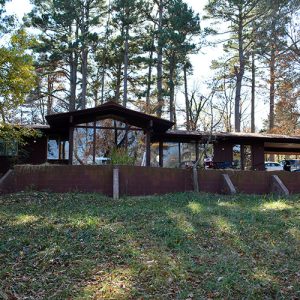 John G. Williams House No. 2
John G. Williams House No. 2
Williams, Sue Cowan
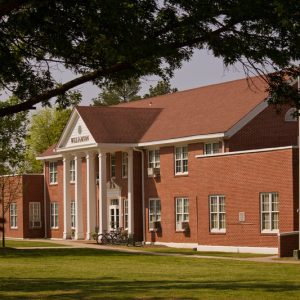 Williamson Hall
Williamson Hall
Williamson Hall (Arkansas Tech University)
 Ellis and Charlotte Williamson House
Ellis and Charlotte Williamson House
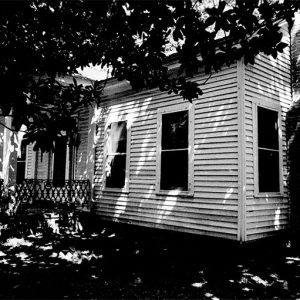 Ellis and Charlotte Williamson House
Ellis and Charlotte Williamson House
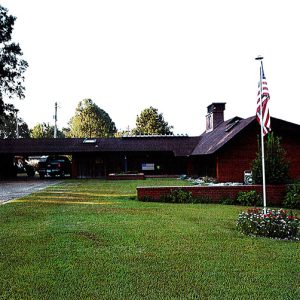 Williamson House
Williamson House
 Williamson House Rear View
Williamson House Rear View
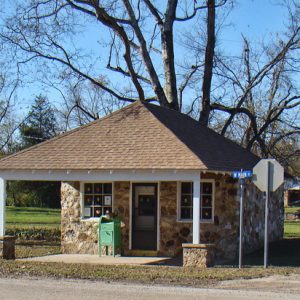 Williford Library
Williford Library
Williford Methodist Church
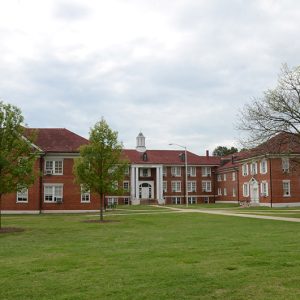 Wilson Hall
Wilson Hall
Wilson Hall (Arkansas Tech University)
Wilson History and Research Center
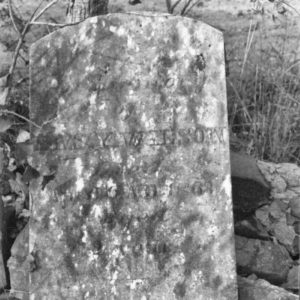 Emzy Wilson Grave
Emzy Wilson Grave
 Winding Staircase
Winding Staircase
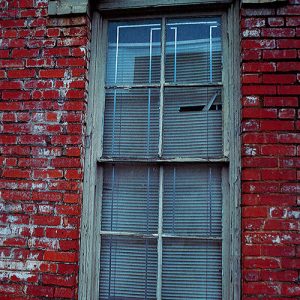 Window
Window
 Wing School
Wing School
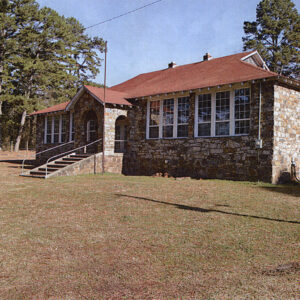 Wing School
Wing School
Wing School
Wingmead
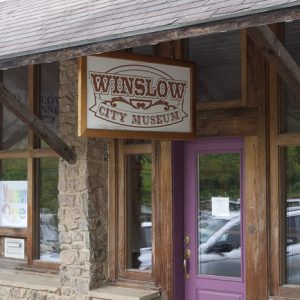 Winslow City Museum
Winslow City Museum
Winthrop School Museum
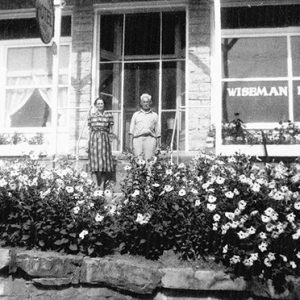 Wiseman Hotel
Wiseman Hotel
 Dr. and Mrs. Eugene Wittlake
Dr. and Mrs. Eugene Wittlake
Wittsburg Fortification
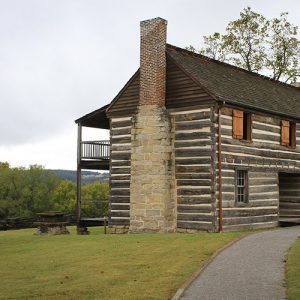 Wolf House
Wolf House
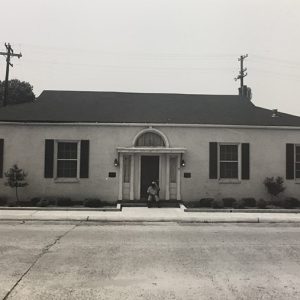 Woman's Progressive Club
Woman's Progressive Club
Woman’s Progressive Club (Wynne)
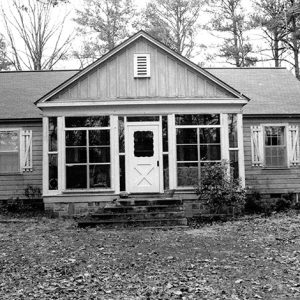 Womble District Administration House No. 1
Womble District Administration House No. 1
Womble District Administration House Number 1
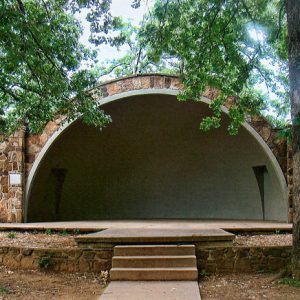 Women's Community Band Shell
Women's Community Band Shell
Women’s Community Club Band Shell
 Woodlawn House
Woodlawn House
Woodruff County Courthouse
Woodruff County Historical Society
Woodruff Print Shop
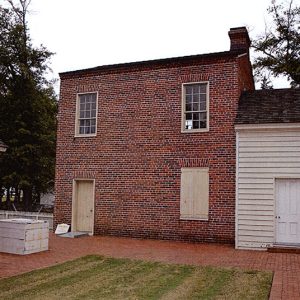 Woodruff Print Shop
Woodruff Print Shop
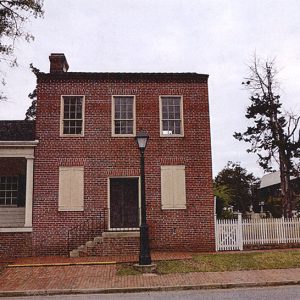 Woodruff Print Shop
Woodruff Print Shop
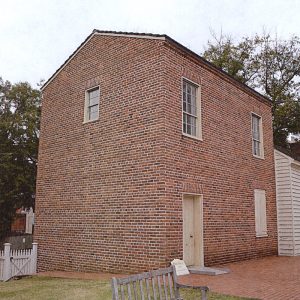 Woodruff Print Shop
Woodruff Print Shop
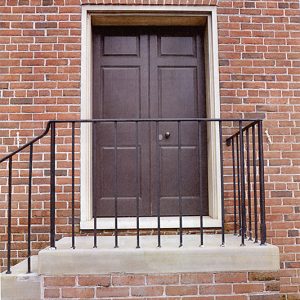 Woodruff Print Shop Entrance
Woodruff Print Shop Entrance
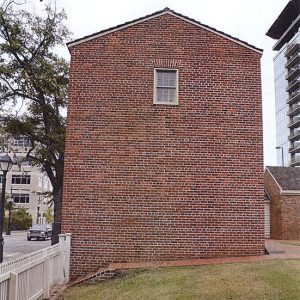 Woodruff Print Shop Rear
Woodruff Print Shop Rear
Woodward, Comer Vann
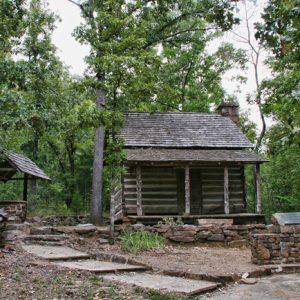 Woolly Cabin
Woolly Cabin
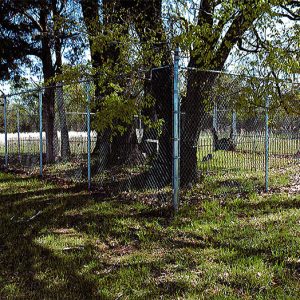 Woolsey Farmstead Cemetery
Woolsey Farmstead Cemetery
Woolsey Farmstead Cemetery
 Woolsey Farmstead Cemetery Detail
Woolsey Farmstead Cemetery Detail
 Woolsey Farmstead Cemetery Entrance
Woolsey Farmstead Cemetery Entrance




